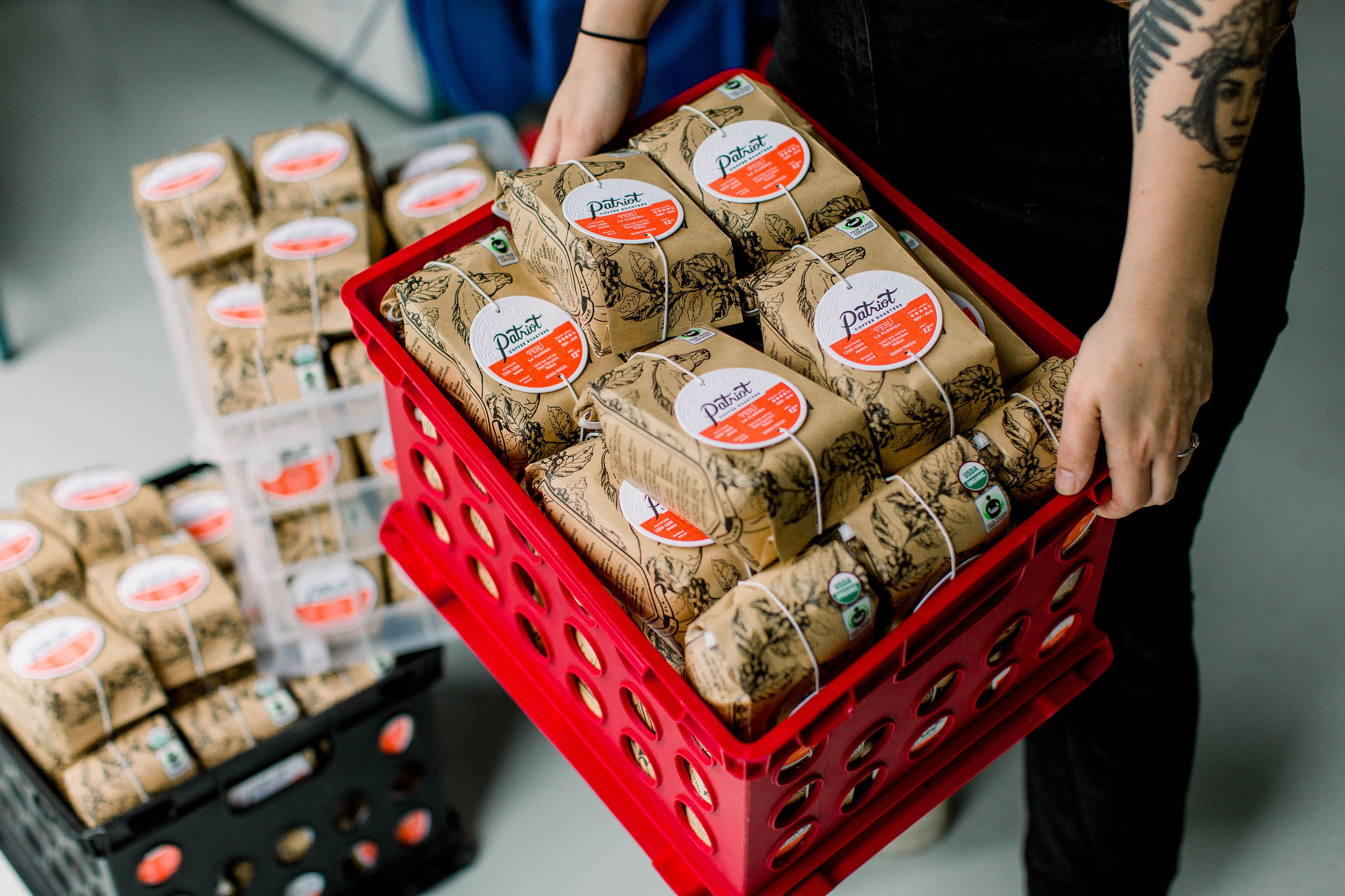You may be wondering what makes a coffee a specialty coffee. Is it the region? The variety? The rating? The species? The answer is: all those things, but coffee is more than the sum of its parts. Simply put, specialty coffee is much higher quality than conventional coffee (think craft beer vs Bud light). While we could fill a textbook with all the factors that influence the quality of coffee, there are a few simple questions you can ask yourself the next time you are at the grocery store. These questions may help you distinguish a specialty coffee from the one you may typically see in the grocery store.
Indicators of quality:
Is it a single-origin?
At the farm level, quality and quantity have an inverse relationship. The highest quality lots in the world are not available year-round or in large enough quantities for major roasters to use. To get around this, many larger companies offer blends so they can switch out components as needed with little change in the final cup flavor. There is absolutely nothing wrong with blends but offering only single-origin coffees forces roasters to use the freshest crops that are seasonally available. It also puts that particular region or co-op on display, meaning there is nowhere for defects to hide.
What are the flavor descriptors?
Are they specific like “cane sugar” and “tart blackberry” or vague like “smooth” and “bold”? General terms may imply that either the coffee is of lower quality or the roaster didn’t take care to bring out the coffee’s unique characteristics.
What is the roast degree?
Is it very dark? Not that we have anything against darkly roasted coffees, but any roaster can produce roasty, smoky, and bold flavors with any coffee – whether it is of high or low quality. In fact, darkly roasting coffee began as a way to mask the flavor of Robusta beans in blends when specialty coffee first started gaining traction in the US and the supply of high-quality beans could not meet demand. Bringing out more complex flavors requires both high-quality beans and attention to detail and skill during the roasting process.
Is it whole bean?
To put it simply, whole bean coffee stays fresher longer. A roasted coffee bean is a protective shell to over 1,000 different volatile aromas, oils, and acids. As soon as it is broken up, and the surface area of the bean is increased, these volatile aromas are released and begin to oxidize (stale). After 15 mins, ground coffee loses about 60% of its aroma. The roasting process also creates CO2 within the bean, which serves as a natural defense against oxidation. Once the coffee is ground, however, the CO2 is immediately released and the coffee begins to stale. For these reasons, purchasing whole bean coffee and grinding immediately before brewing will always yield a higher quality brew than pre-ground coffee.
How large is the roastery?
Is it a global brand or a small batch roaster? Unfortunately, quality can sometimes be sacrificed for the sake of producing higher and higher quantities of coffee. When you are roasting 1 million pounds of coffee per week, it can be difficult to give the necessary time and care to each individual batch.
How much are the coffee beans?
What is the price per ounce? Although supply and demand and creative marketing can have a huge influence on price, generally speaking, it is not likely that you’ll find a high-quality coffee for less than $13 per 12oz bag.
While these are only a few factors that influence the quality of coffee, asking these questions may help guide you in your search for the best coffee available. Or, make it easy on yourself and look for Patriot Coffee Roasters in the Florida Local Section of your Publix. We source only the highest quality beans, roast them with care in small batches, and package shortly after roasting to keep them fresh until you’re ready to brew.



